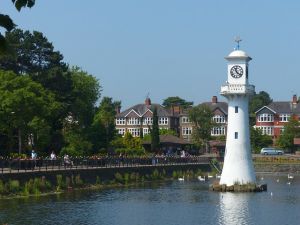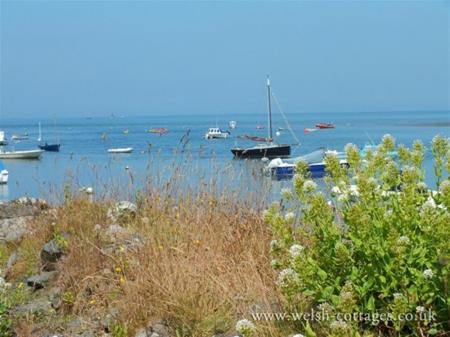
History
Roath Park was built on an area of reclaimed bog, covering 130 acres, including a large lake made by damming a stream.
In 1887 the wealthy 3rd Marquis of Bute donated land for a public park here. The park opened in 1894 and had as its focal point a large manmade lake, covering 30 acres.
In 1915 a lighthouse was built in the lake as a memorial to Captain Robert Scott's tragic Antarctic expedition. The lighthouse has become one of the most beloved, iconic buildings in Cardiff. Within the striking white lighthouse is a scale model of Scott's ship, the Terra Nova.
North of the lake is a wild garden, and still further north is the Llandennis Oval, with a pond thought to lie on the site of a 12th century enclosure, or llan, built by St Isaan.
Champion Trees
Within the park are 12 Champion trees, recognised as the largest and finest of their species in Britain. A signposted trail leads around the park from tree to tree, among which are oleaster, Ginko Biloba, and Dwarf Japanese Red Pine. A modern greenhouse houses unusual plants including banana trees, orchids, and palms. The greenhouse replaces 2 original glasshouses built in the early 1900s.
Roath is perhaps best known for its rose gardens, which contains a trial bed for the National Rose Society. The garden produces exceptionally colourful displays in season.
The park is open daylight hours throughout the year, and there is on-street parking on nearby streets.
 We've 'tagged' this attraction information to help you find related historic attractions and learn more about major time periods mentioned.
We've 'tagged' this attraction information to help you find related historic attractions and learn more about major time periods mentioned.




